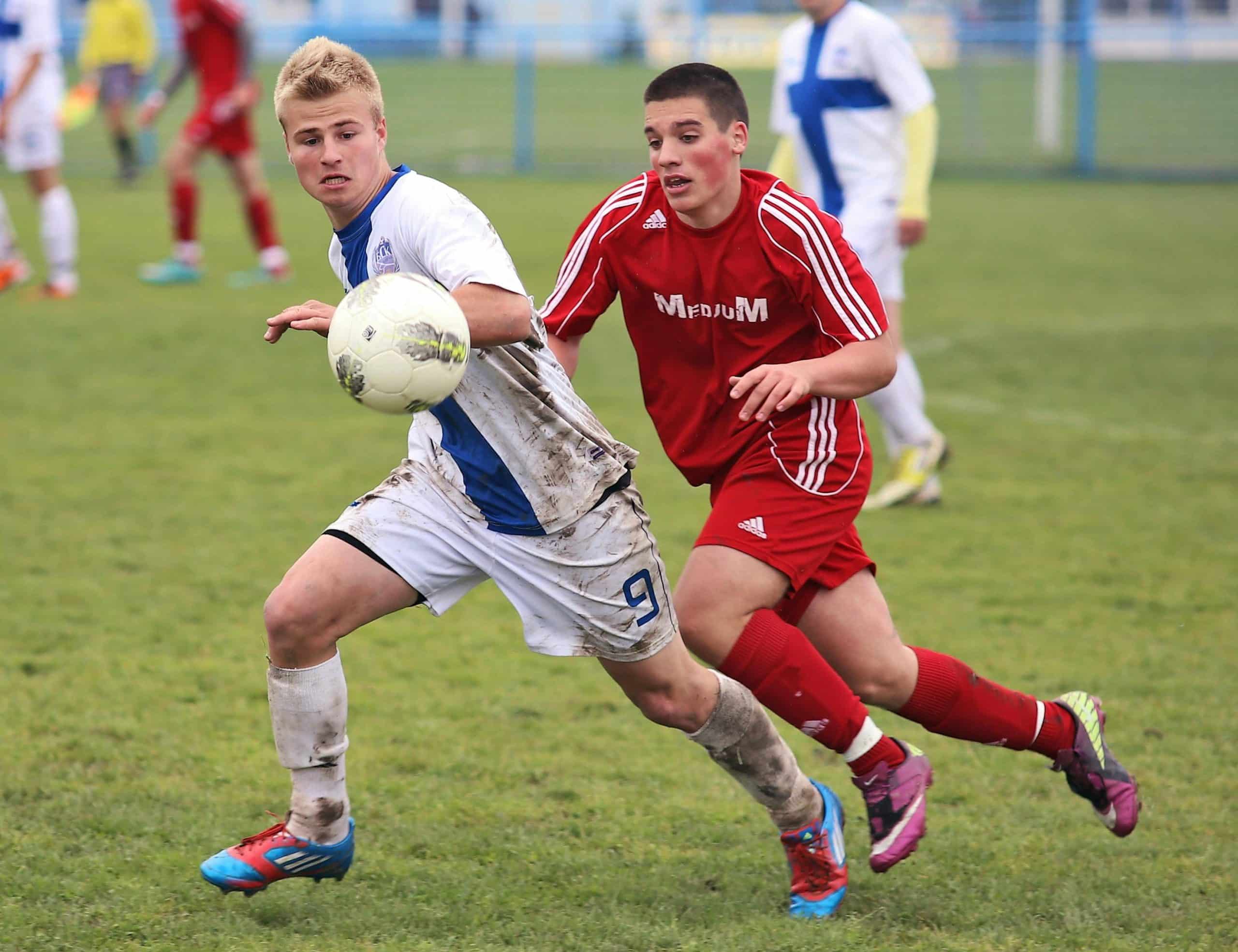As the soccer season concludes, players and trainers alike turn their focus to the off-season. This is a crucial time for players to rest, recover, and rebuild – a time when the hustle and bustle of regular games are replaced with intensive training sessions and strength-building exercises. It is during this period that a well-structured strength program can make a significant difference in a player’s performance when the new season kicks off.
Professional soccer players require a unique blend of endurance, speed, power, and strength to excel on the field. A periodized off-season strength program designed with these factors in mind will go a long way in enhancing a player’s performance. This article will walk you through the process of designing such a program.
Lire également : How Can Virtual Reality Enhance Race Strategy Training for Cyclists?
Understanding the Importance of Off-Season Strength Training
The first step to designing an effective off-season strength program is understanding why it’s so essential. Soccer is a high-intensity sport, and the physical demands on players are immense. Strength training during the off-season helps players improve their overall athleticism, reduce the risk of injury, and prepare their bodies for the rigors of the upcoming season.
Muscular strength and power are integral to many aspects of soccer, including sprinting, jumping, and ball striking. A rigorous off-season strength program will help players improve these areas, enhancing their overall performance on the field.
Lire également : How Can Customized Insoles Reduce Foot Injuries in Long-Distance Trail Runners?
Assessing the Player’s Strength and Conditioning Levels
Before you can begin designing a strength program, it’s necessary to assess the player’s current strength and conditioning levels. This assessment will provide a baseline against which progress can be measured.
Several methods can be used to gauge a player’s strength and conditioning levels, including one-rep max tests for different exercises, sprint tests, vertical jump tests, and body composition analysis. The results of these assessments will help guide the development of the off-season strength program, ensuring it’s tailored to the individual player’s needs.
Designing the Strength Program
Designing an off-season strength program for professional soccer players requires a balance of various elements, including power, speed, endurance, and muscle-building exercises. The program needs to be suitable for the player’s current physical condition and future goals.
For example, the program should incorporate power exercises such as box jumps and power cleans that focus on explosive strength. This is crucial for improving sprint speed and jumping ability. Weightlifting exercises like squats and deadlifts can build muscle strength and endurance, enabling players to maintain high levels of performance throughout a match.
The program should also include specific drills that mimic soccer movements, such as lateral lunges for improving agility and medicine ball throws for enhancing ball striking power.
Periodization and Recovery
Periodization is a critical aspect of any strength training program. It involves systematically planning the training program to ensure the player peaks at the right time – typically at the start of the new season.
Typically, an off-season strength program for soccer players would begin with a focus on building a base level of strength and endurance. As the off-season progresses, the focus would then shift to power and speed exercises, with the aim of translating the strength gains into soccer-specific skills.
Recovery is another vital aspect of off-season strength training. Adequate recovery allows for muscle growth and reduces the risk of overtraining. The program should, therefore, include scheduled rest days and lighter training weeks to allow for recovery.
Monitoring Progress and Adjusting the Program
Once the off-season strength program is underway, it’s important to regularly monitor the player’s progress. This can be done through regular strength and conditioning assessments, as well as by tracking the player’s performance in training.
If the player is not making expected progress, or if they are finding the training too easy or too hard, adjustments should be made to the program. This might involve changing the exercises, the volume of training, or the intensity of the workouts.
Designing an off-season strength program for professional soccer players is no small task. It requires a thorough understanding of the sport’s physical demands, the player’s current condition and goals, and the principles of strength training and periodization. But, with careful planning and execution, a well-designed program can provide the foundation for a successful soccer season.
Implementing Soccer-Specific Drills in Strength Training
Incorporating soccer-specific drills into an off-season strength program can significantly enhance a player’s performance on the field. These drills are designed to mirror the movements and skills required during a soccer match, thereby ensuring that the strength power gained during training translates to better match performance.
Typically, a soccer-specific drill might involve exercises such as speed agility workouts, long jump exercises for improved jumping abilities, or bench press for increasing upper body strength essential for throw-ins and shielding the ball. Additionally, drills like med ball exercises can help enhance a player’s striking power, while plyometric exercises can improve explosive speed – a critical attribute for soccer players.
High-intensity interval training (HIIT) drills can also be included in the strength training program. As soccer is a high-intensity sport, these workouts can help players build the stamina they need to last the full duration of a match. They can also help improve a player’s recovery time after explosive actions such as sprinting or jumping.
Remember, the goal of a soccer-specific drill is not just to build muscle and increase strength but to do so in a way that directly enhances a player’s soccer skills. Therefore, each drill should be chosen carefully, keeping in mind the player’s position, their strengths, and the areas they need to improve.
Pre-Season Transition: From Strength Training to Soccer Workouts
As the off-season begins to wind down, it’s essential to gradually transition the players from a strength-focused program to a soccer-centred workout plan. This pre-season phase is when players start to apply the strength, power and endurance gained in off-season training to soccer-specific drills and scrimmages.
During this pre-season period, the intensity of strength exercises may be reduced while the volume of soccer training increases. For instance, the number of sessions dedicated to weightlifting might be decreased, while the number of hours spent on the field, practicing soccer-specific drills, gradually increases.
While less emphasis is put on strength conditioning, do not completely eliminate these sessions. They are still crucial for maintaining the strength and power levels gained during the off-season. Incorporating strength exercises as part of warm-up routines or on lighter training days can help maintain a player’s strength levels while reducing the risk of injuries.
By the end of the pre-season phase, a professional soccer player should be at their peak level of fitness, strength, and skill, ready to take on the challenges of the new season.
Conclusion
Designing and implementing an off-season strength program for professional soccer players is a meticulous, multi-step process that requires a deep understanding of the sport’s physical demands and the principles of strength training. The program should evaluate the player’s current fitness level, include a mix of strength, power, and endurance exercises, incorporate soccer-specific drills, and transition effectively into the pre-season phase.
However, the effort is worth it. An effective off-season strength program can help players improve their performance, reduce the risk of injury, and prepare for the rigours of the upcoming season. So whether you’re a coach, a trainer, or a player, investing time and effort into a well-planned, comprehensive off-season strength program can be a game-changer. Ultimately, the goal is to ensure that when the new soccer season starts, the player is stronger, faster, and more powerful than ever before.





